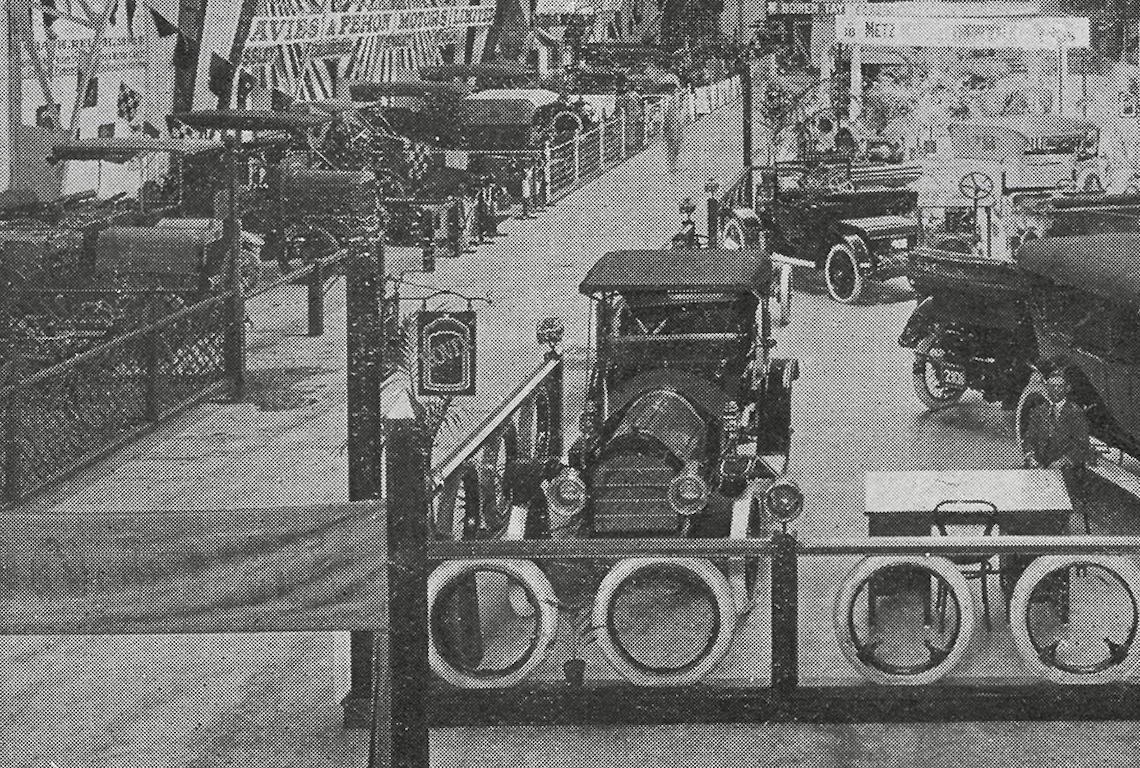Model T Ford Heritage Highlight

The Model T Ford was the farmers’ friend, a utility vehicle that quickly caught on in Australia.
Built by Henry Ford with the explicit purpose of being inexpensive and available to everyone, the Model T Ford became popular the world over. Coming with a windscreen and made with vanadium steel (a light yet strong steel alloy resistant to shock and fatigue), the cheap cost and durable design ensured rapid take-up of the new technology. Between 1908-1927, fifteen million Model Ts sold worldwide. The car was particularly successful in Australia as it quickly proved its ability to function reliably even in tough rural areas.
The Model T Ford first came to Australia in 1908 as a kit that was assembled by local dealers. Affectionately known as ‘Tin Lizzies’, they were easy to maintain, straight forward, sturdy and adaptable. They had interchangeable parts and were virtually unchanged in design throughout their nineteen-year production run. With their convenience, comfort and capacity to travel long distances they out-did horses, which had to be fed, watered, shoed, cleaned, harnessed and housed. The low cost of the vehicles meant that automobile driving was now available to a whole new class of motorists like farmers and tradesmen, not just the wealthy.
In 1920 there were thought to be 76,000 cars on the road in Australia, half of them Model Ts. To meet the growing demand, Ford set up a plant in Geelong in 1925 to begin manufacturing here. The purchase price of these cars was £179 pounds.
The vehicles had three pedals: the left was a two-geared throttle, the middle pedal operated reverse, and the right-hand pedal was the brake. Top speed was 70 mph.
In total over 250,000 Model Ts were sold in Australia throughout its run, and many are still in existence today.